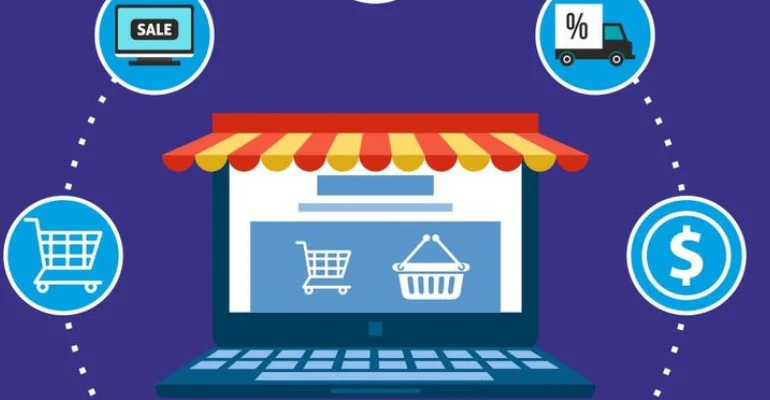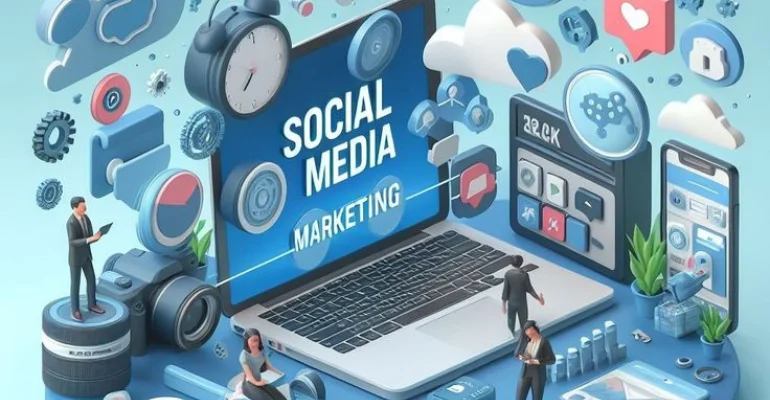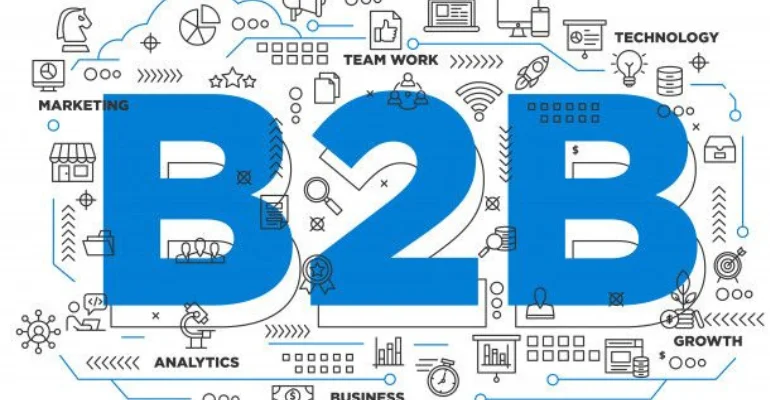The Ultimate Guide to Building a Powerful Brand Identity Online
Introduction
In today’s hyper-digital world, especially in dynamic markets like the UAE, your brand identity is everything. It’s more than just a logo or color scheme. It’s the emotional and visual impression your audience carries with them. If you want to build a brand online that stands out and endures, your strategy must be intentional, consistent, and human-centric.
But here’s the game-changer: your brand identity doesn’t just live on your website or social media profiles. It lives in the inbox, too.
In this guide, we’ll explore actionable branding strategies with a fresh focus on how email marketing can amplify your voice and fuel brand awareness in the UAE.
Define Your Core Identity
Before you build anything online, you need clarity. What are your values? What emotions do you want to evoke? Who are you speaking to?
Ask yourself:
– What’s the tone of my brand voice—formal, playful, and authoritative?
– What’s the story behind my business?
– What problems do I solve uniquely?
This foundation shapes everything—from website copy to subject lines in your identity-first email marketing.
Visual Branding Meets Digital Touchpoints
Your logo, color palette, and fonts must reflect your identity, but where they live also matters. From your website’s homepage to the header of every email, visual branding should stay consistent.
Email Marketing Tip:
Create email branding consistency by using custom headers, footers, and signature brand elements in every newsletter. It reinforces trust and familiarity in a subtle but powerful way.
Harness the Power of Email for Storytelling
Many businesses underestimate how powerful email is in brand-building. Unlike social media (which is fast and fleeting), email allows for deeper storytelling and more focused engagement.
Consider launching narrative-driven email sequences:
– A welcome series introducing your brand journey
– Monthly updates with behind-the-scenes insights
– Founder’s letters that feel personal and exclusive
This builds emotional credibility—the kind that helps your brand stay in hearts, not just inboxes.
Make Your Emails Feel Human, Not Automated
Even in the age of AI, people crave authenticity. Use a humanized email communication style—talk like a real person. Share challenges, celebrate wins, and speak in a tone that mirrors your brand voice.
Pro tip: Emails signed by real team members (not “Marketing Team”) build trust faster.
Stay Consistent Across All Channels
One of the most powerful branding strategies is consistency. Your Instagram voice should match your email tone. Your website visuals should echo in every campaign.
When audiences encounter your brand on different platforms and feel a cohesive experience, they begin to trust and remember you.
And in email, that leads to what we call inbox-based brand recall—your audience recognizes your style before they even open the message.
Segment Your Audience—But Keep the Brand Message Aligned
It’s smart to segment your email lists (by interest, location, or purchase history), but don’t dilute your brand identity in the process. Make sure every message, no matter who receives it, reflects your core values and tone.
Brand identity shouldn’t shift—it should feel personal but stay aligned.
Conclusion
To build a powerful brand online, you need more than a stunning website or creative social feed. You need a strategy that weaves your identity into every interaction, especially the ones that land directly in your audience’s inbox.
Email marketing isn’t just for sales—it’s a canvas for your brand story. When done right, it reinforces trust, creates emotional connection, and helps you achieve long-term brand awareness in the UAE and beyond.
Let your email strategy speak your brand’s truth—and let it speak consistently.














